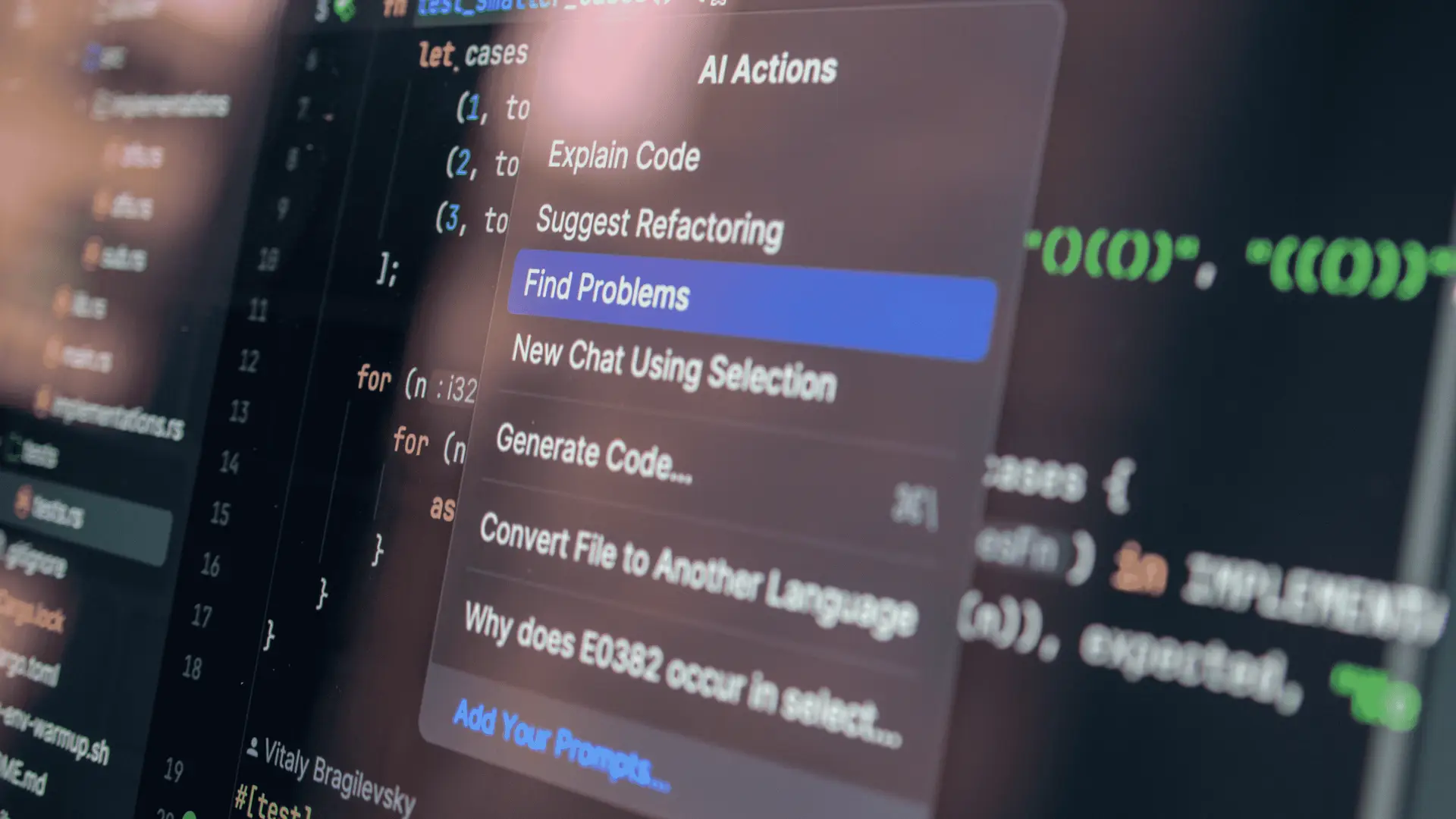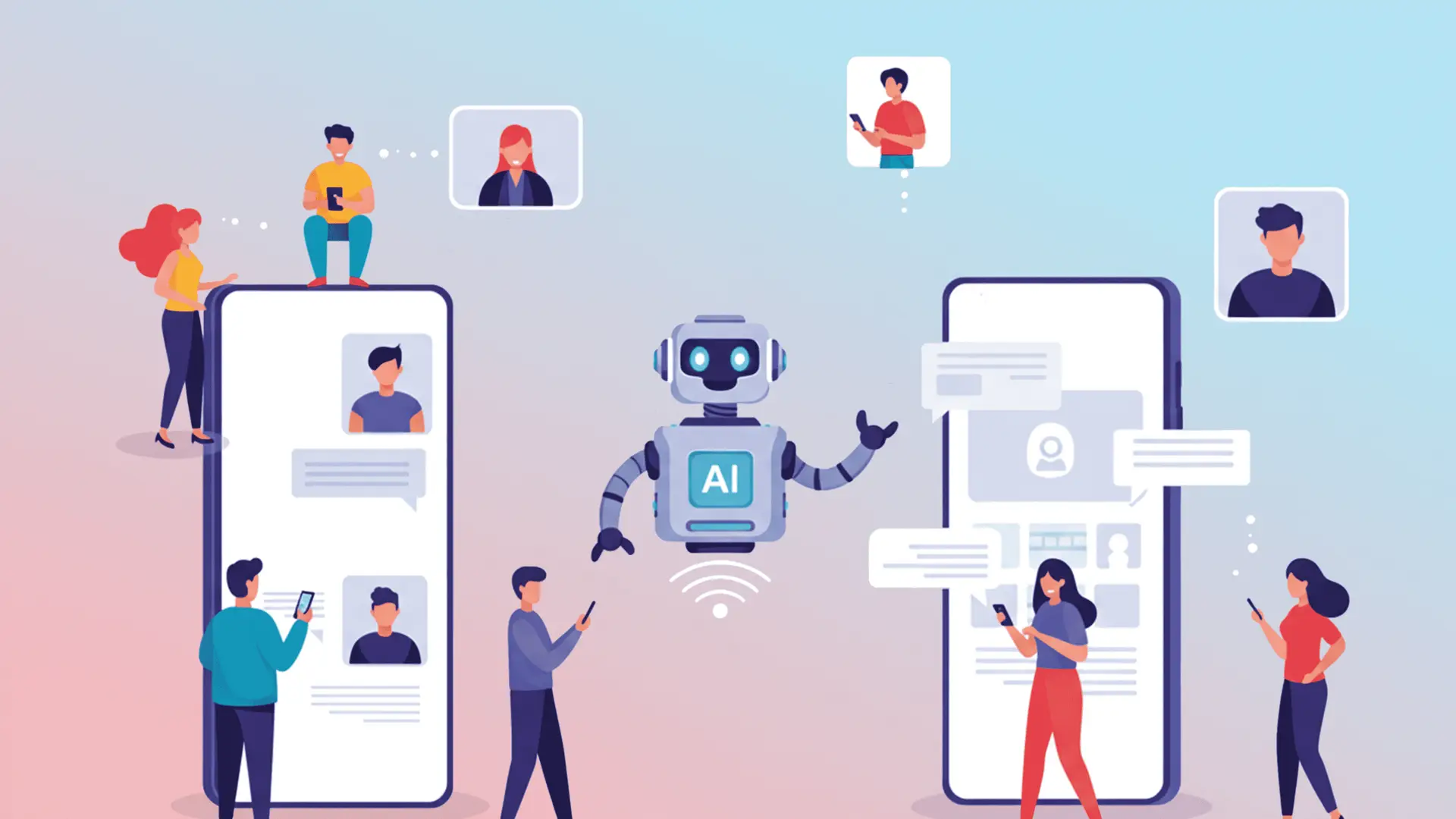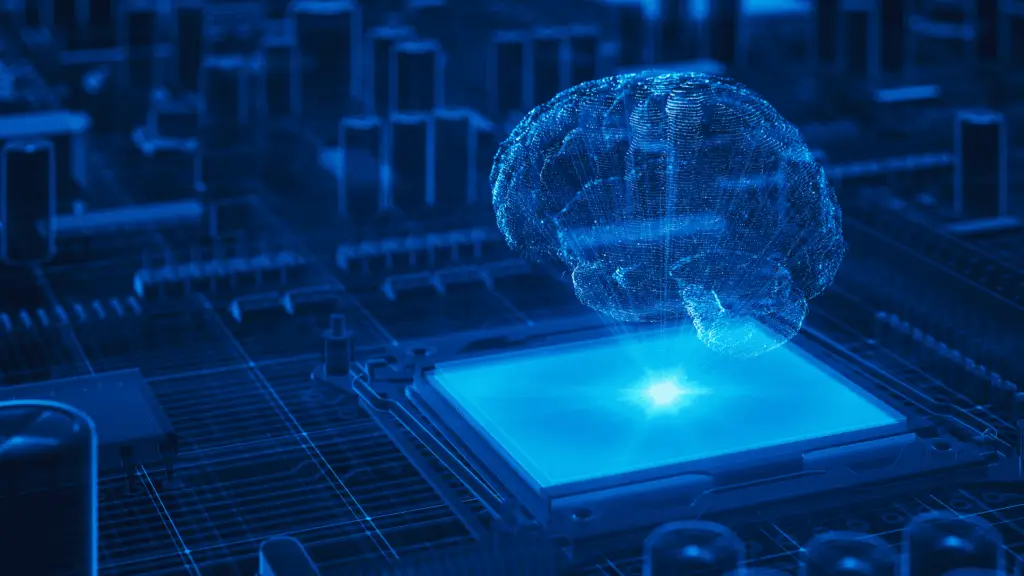Artificial intelligence is no longer a future trend. It is a present reality that is reshaping industries at a pace few leaders imagined even three years ago. From drafting documents in seconds to analysing massive datasets in minutes, AI has unlocked workplace potential we have never seen before.
But with every technological leap, a tension emerges. A paradox.
A question leaders must be brave enough to ask:
“What happens when AI becomes so capable, so intuitive and so deeply embedded that people begin depending on it instead of developing the skills that make them effective in the first place?”
It is a question too few organisations are confronting directly, yet it may be the defining challenge of this era.
Here is the truth:
AI is not the threat.
Unchecked AI adoption is.

The Untold Story of AI Integration: The Human Capability Gap
Over the past 18 months, organisations have invested heavily in AI. Leaders have encouraged teams to experiment, redesign workflows and rebuild processes around AI. The benefits are real. AI delivers speed, scale and efficiency humans alone cannot match.
But something important is being overlooked.
AI is not only changing what people do. It is changing how people learn.
And not always in ways that strengthen capability.
Consider this shift.
Early career professionals entered university with AI tools in their pockets. Many used AI to research, write, brainstorm, summarise and structure assignments. Now they are entering the workforce with these same habits. These habits are shaping how they develop foundational skills.
AI can instantly produce:
- polished emails
- formatted reports
- structured analysis
- client ready presentations
- fast summaries of complex topics
But AI cannot develop:
- critical thinking
- executive presence
- influence
- strategic judgement
- relationship building
- communication nuance
- confidence built through repetition and refinement
These are not skills you download.
They are skills you earn through lived experience. Through messy drafts, difficult meetings, independent research and moments where you must think for yourself.
When AI skips people ahead to polished output, it also skips them past the learning experiences that create competence and professional maturity.
AI can help someone sound like an expert long before they actually are.
Eventually, that gap becomes visible.
The New Workforce Reality: When AI Becomes a Crutch Instead of a Catalyst
We are already seeing the early signs.
1. AI generated communication that feels hollow
Emails, reports and proposals often sound polished but generic. The writing feels disconnected from the audience because the person did not truly think through the message.
2. Over automation of thinking
Instead of researching a problem, people ask AI.
Instead of digesting information, they ask for a summary.
Instead of forming a point of view, they request one.
3. Shortcuts replacing skill building
Tasks that once strengthened judgement and resilience are disappearing. Without these experiences, capability plateaus.
4. Dependency forming faster than mastery
AI becomes the starting point instead of the final polish.
People lose confidence in their own thinking.
Leaders assume that AI fluency produces deeper capability. It does not.
Skill with a tool is not the same as skill in reasoning.

AI Is Not the Enemy, But It Is a Wake Up Call
AI itself is not diminishing human capability.
AI without intention is.
AI without structure.
AI without guardrails.
AI without change leadership.
That is where organisations begin to lose their edge.
Because no matter how powerful AI becomes, there are human skills it cannot replace:
- intuition
- strategic judgement
- ethical decision making
- influence and persuasion
- creativity
- conflict navigation
- deep listening
- empathy
- lived experience
- cultural intelligence
These are the capabilities that drive innovation and leadership.
These are the skills that create high performing teams.
These are the strengths that must be protected and developed.
Which brings us to the real opportunity.
The Organisations That Win the AI Era Understand One Thing:
AI Must Elevate People, Not Replace Them
AI is at its best when it amplifies human capability.
It accelerates analysis, but people still think critically.
It drafts communication, but people still build trust.
It generates ideas, but people still imagine possibilities.
It provides answers, but people still apply judgment.
When AI and human capability work together, organisations unlock entirely new performance levels.
That balance does not happen by accident.
It happens through change leadership that ensures AI strengthens people instead of weakening them.
Why Change Management Is Now Strategic, Not Optional
AI adoption is not a technology project.
It is a people transformation.
Here is how change leadership protects human capability while accelerating progress:
1. It builds capability instead of dependency
Teams learn when to use AI, when not to use it, how to validate outputs and how to stay in control of the thinking.
2. It embeds new ways of working with intention
AI affects workflows, decision making, collaboration and communication.
Without structure, adoption becomes chaotic.
With structure, AI becomes seamlessly integrated.
3. It protects culture from becoming automated
AI can write words, but it cannot build trust or connection.
Human centred change protects psychological safety and relationships.
4. It reinforces judgement and critical thinking
AI can be confidently wrong.
People must know how to challenge, check and apply discernment.
5. It protects developmental experiences
Shortcuts do not build leaders.
Experience does.
Change leadership ensures people still grow, not skip ahead.

What Balanced, Human Centred AI Adoption Looks Like
A high performing AI enabled workplace blends the strengths of both.
Humans:
Lead, decide, interpret, influence, create and innovate.
AI:
Accelerates, supports, analyses, drafts and enhances.
Together, they create a workplace where:
- efficiency increases
- innovation expands
- decision making improves
- communication becomes clearer
- capability accelerates
- people feel confident, not replaced
This is the future worth building.
The Call to Leaders:
Do Not Lose the Human Element While Chasing the AI Advantage
The excitement around AI is justified.
But leaders have a responsibility to protect the capabilities that make innovation possible.
If AI adoption becomes a race for efficiency, organisations will gain speed but lose skill.
If AI adoption becomes human centred, organisations gain both.
The difference is leadership.
The difference is change in strategy.
The difference is intention.
AI may accelerate your business, but your people remain the engine.
The organisations that thrive in the AI era will be those that understand that progress is not about choosing between humans and technology. It is about empowering them to work together in ways that raise the bar for everyone.

